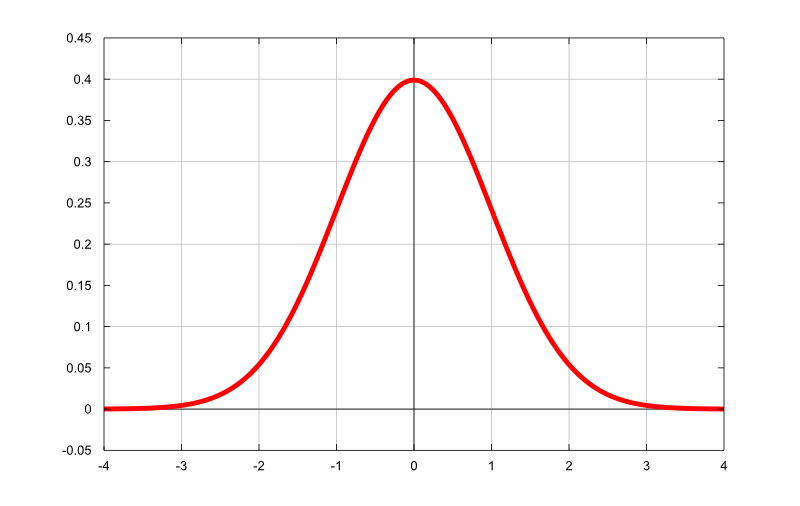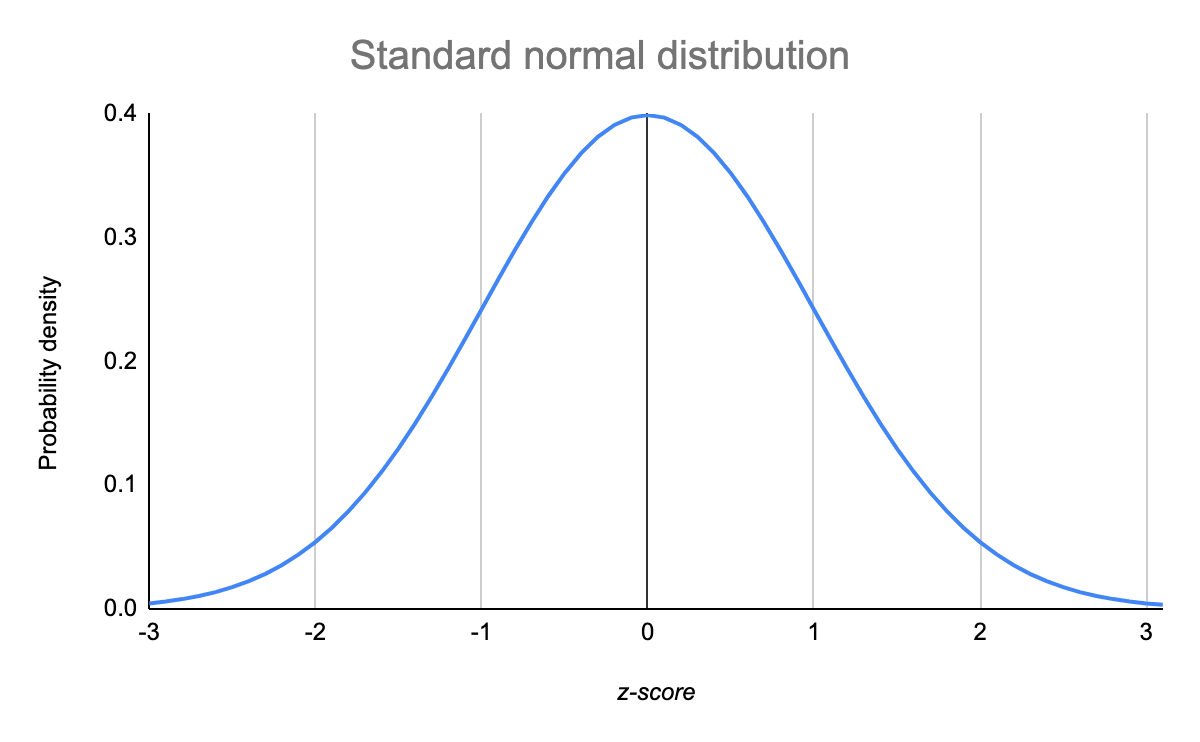Probability of the decision occuring
star_outline
star_outline
star_outline
star_outline
star_outline
star
star_outline
star_outline
star_outline
star_outline
star
star
star_outline
star_outline
star_outline
star
star
star
star_outline
star_outline
star
star
star
star
star_outline
star
star
star
star
star
Mean (μ) = {{mean}}
Standard Deviation (σ) = {{sd}}
z-score for {{numbers1}} = (x – μ (mean)) / σ (standard deviation) = {{z}}
which is rounded to {{rounded}}
Now in the table, we will look for the value of {{rounded}}
which equal to probability = {{match}}
Mean (μ) = {{mean}}
Standard Deviation (σ) = {{sd}}
z-score for {{numbers1}} = (x – μ (mean)) / σ (standard deviation) = {{z}}
which is rounded to {{rounded}}
Now in the table, we will look for the value of {{rounded}}
which equal to probability = 1-{{1-match}} ={{match}}
Mean (μ) =
{{mean}}
Standard Deviation (σ) =
{{sd}}
z-score for
{{numbers1}} = (x – μ (mean)) / σ (standard deviation) =
{{z}}
which is rounded to
{{rounded}}
Now in the table, we will look for the value of
{{rounded}}
which equal to probability =
{{match1}}
z-score for
{{numbers2}} = (x – μ (mean)) / σ (standard deviation) =
{{z2}}
which is rounded to
{{rounded2}}
Now in the table, we will look for the value of
{{rounded2}}
which equal to probability =
{{match2}}
We are going to subtract the upper limit by the lower limit
{{match2}} - {{match1}} = {{match}}
We are going to subtract the upper limit by the lower limit
{{match1}} - {{match2}} = {{match}}
We are going to subtract both values
{{match1}} - {{match2}} = {{match}}
 How this work?
How this work?





